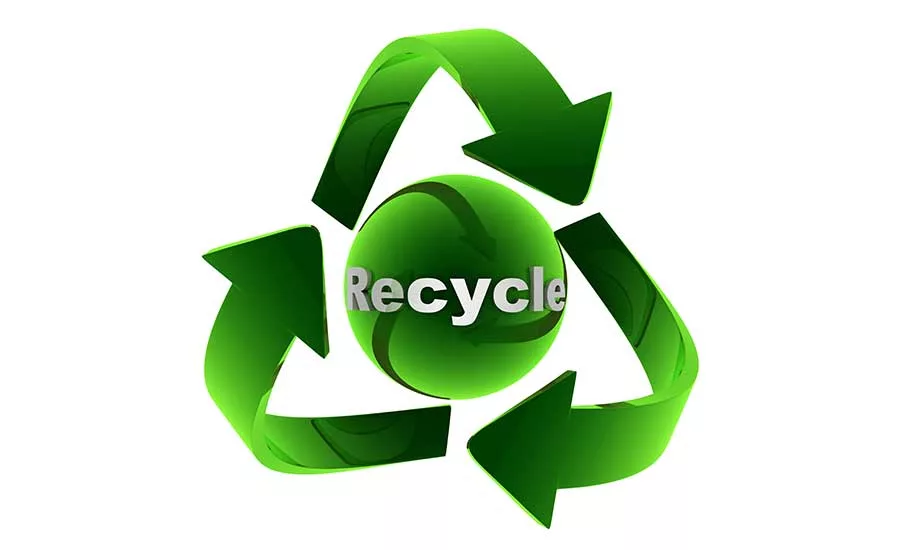How to Save Energy in Compressed Air Systems

The global air compressors market is projected to reach $38.9 billion by 2021, according to a report published by Technavio, Elmhurst, Ill. Factors such as mergers and acquisitions, the introduction of next-generation air compressors and an increased focus on energy security are driving growth, the report says.
However, energy efficiency still remains a top priority in the coming years, specifically with energy savings in compressed air systems.
Here’s a step-by-step guide of how to achieve savings through improved energy management:
- Evaluate compressed air costs. Compressed air is one of the most expensive sources of energy in a plant, according to the Office of Industrial Technologies (OIT) of Energy Efficiency and Renewable Energy, U.S. Department of Energy (DOE), Washington, D.C. In fact, a survey from the DOE showed that for a typical industrial facility, approximately 10% of the electricity consumed is from generating compressed air.
- Identify and optimize wasted air. The most expensive component in the total cost of compressed air is energy, according to the Compressed Air & Gas Institute (CAGI), Cleveland, Ohio. The first step in reducing compressed air energy costs is to measure and monitor your compressed air system’s energy consumption, flow rates and operating air pressure. Small adjustments can reduce operating pressure and energy costs while improving flow rates and output. To optimize existing leaks, CAGI recommends fixing leaks, reducing pressure, checking drains, changing filters and eliminating inappropriate uses of compressed air.
-
Calculate performance. Because compressed air is an on-site-generated utility, it’s very difficult to generate the cost, however, some companies use a value of 15-30 cents per 1,000 cubic feet of air, according to DOE’s OIT. For example, to operate a 1 hp air motor at 100 psig, approximately 7-8 hp of electrical power is supplied to the air compressor. To calculate the cost of compressed air, IOT recommends using this formula:
Cost ($) = (bhp) x (0.746) x (# of operating hours) x ($/kWh) x (% time) x (% full load bhp). - Reduce pressure drop. To reduce pressure drop and achieve energy savings, Kaeser Compressors, Fredericksburg, Va., suggests measuring pressure drop at maximum flow across all system components (piping, dryers and filters), equip filters with differential pressure gauges and routinely replace filter elements. Also, periodically calculate pressure losses due to pipe friction and upgrade piping as needed.
- Stabilize system pressure. Stabilizing system pressure is an important way to lower energy costs and maintain reliable production and product quality, the DOE says. To do so, the DOE recommends implementing adequate primary and secondary storage, pressure/flow controllers (P/FCs) and dedicated compressors.
- Analyze the potential for heat recovery. Kaeser Compressors suggests identifying applications that require heating (i.e. space heating and water or other liquids), analyzing existing costs for these applications and implementing compressor duct system or liquid/oil heat exchanger(s). Furthermore, CAGI states that as much as 90% of heat from compressed air can be recovered for use in other areas of your operation, such as producing hot water for washrooms or direct warm air into a workspace, warehouse, loading dock or entryway.
- Emphasize proper maintenance. As with most industrial machinery, a compressor runs more efficiently when properly maintained, according to CAGI. Proper compressor maintenance cuts energy costs around 1% and helps prevent breakdowns that result in downtime and lost production.
Compressed air is a vital component to any food and beverage manufacturing plant. But, it doesn’t need to break the bottom line either. With the proper maintenance and adjustments, your air compressor can help save energy and cut costs.
Looking for a reprint of this article?
From high-res PDFs to custom plaques, order your copy today!








